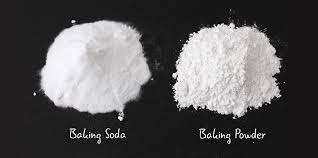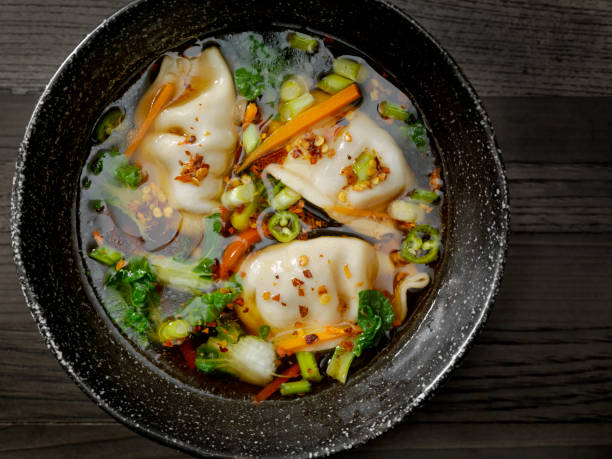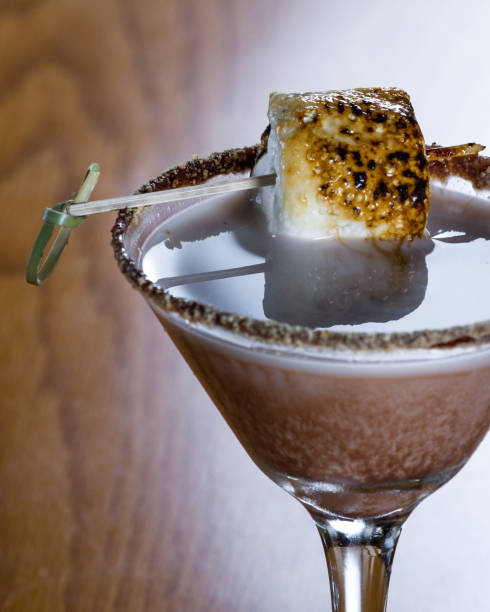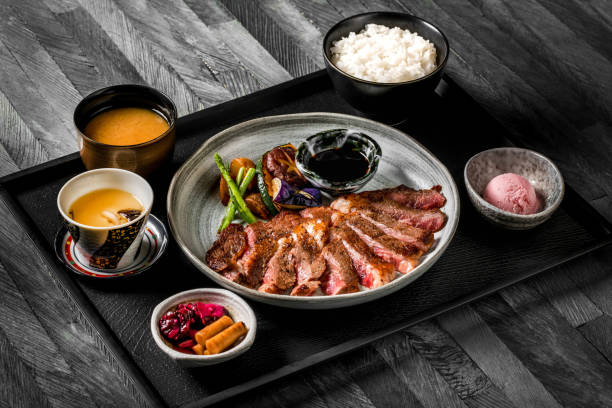Baking soda and baking powder are common ingredients for bakers. Why is it that some recipes require one or the other? What is the difference between these two ingredients? All the information you need is available here.
Baking Soda and Baking Powder: Similarities
Baking soda, baking powder and other leaveners are made from sodium bicarbonate. The combination of sodium bicarbonate and an acid produces a gas (carbon dioxide or C02), which lifts baked goods, such as cookies, cakes, and cookies, while they bake. The batter expands and rises as C02 is created. When the oven heats up, the protein in the batter, often eggs, becomes rigid. This scaffolding helps keep the baked goods in place even after they cool down.
What is the difference between Baking Soda & Baking Powder?
Baking soda is sodium bicarbonate. It needs acid to make the gas. It then neutralizes the acid and produces C02. Remember the baking soda volcano experiment from grade school? When your science teacher added acid to it, it bubbled up and exploded. Baking soda can be activated by adding acidic ingredients such as buttermilk, yogurt, lemon juice, or molasses. Baking soda is often used in recipes that call for an acidic ingredient.
Baking powder is a mixture of powdered acid and sodium bicarbonate (similar to cream of tartar). Baking powder already has an acid, so it doesn’t need heat or moisture to activate. It is often used in recipes that do not call for an acidic component.
Why do some recipes contain baking soda and baking powder?
You may need baking soda or baking powder for some recipes, such as pancakes. Is it really necessary to use both? There are several reasons.
Both learners are needed for recipes that require a slight acidic tang, such as buttermilk pancakes. Baking soda can neutralize acidity, including the flavor, in a recipe. It will also produce C02. Baking powder can reduce baking soda and preserve the recipe’s tangy flavors.
Baking soda makes baked goods brown faster. Baking soda helps baked goods brown better when made with an alkaline battery. Add baking soda to a mixture of baking powder and baking soda, and it will neutralize acids and encourage browning.
How to test Baking Soda or Baking Powder for Freshness
Baking soda is packaged in a container. We’re willing to bet that the box in your baking cupboard is still open. Baking powder is sealed in a container that can be tightly sealed, but it has a 1-year shelf life. These learners can lose effectiveness and cause baked goods to become dry. These are some quick tips since no one likes flat cakes.
We recommend that you buy one new container each year at the same time and label the purchase date. The main baking season is December. We buy new containers in December.
Add a teaspoon of baking flour to a cup of boiling water to test for freshness. If the powder bubbles, it is still active.
Add a teaspoon of baking powder to some vinegar to test for freshness. It’s good even if it becomes a volcano.
Baking soda is required for some recipes.
The Best Irish Soda Bread
Our Irish soda bread needs buttermilk to provide the acidity that baking soda requires. It is sweetened with raisins and Irish-inspired caraway seeds.
The Best Oatmeal Raisin Cookies
This cookie recipe is one of our favorites because it has the perfect balance of sweet and warm spices. You can also customize the texture of the dough: bake it immediately for crisp results or let it rest in the refrigerator overnight for soft cookies.
Baking powder is required for certain recipes.
Pancakes
These pancakes can be prepared in just 10 minutes. Are you out of baking soda?
Strawberry shortcake is one of our top 10 favorite fruit desserts. Make it number 5. Baking powder transforms this batter into light and airy perfection.




